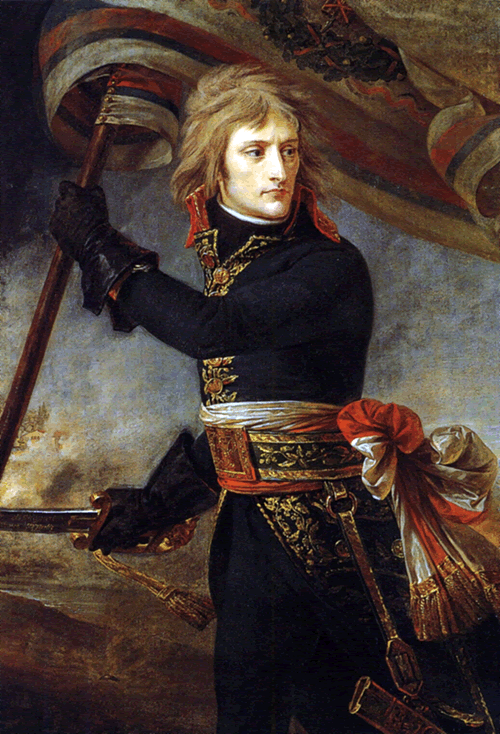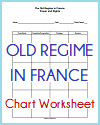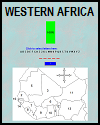 The Battle of Arcole, fought from November 15 to 17, 1796, was a significant conflict during the Italian campaign of the French Revolutionary Wars. The battle pitted Napoleon Bonaparte's French forces against the Austrian army commanded by József Alvinczi. It took place near the village of Arcole in northern Italy and showcased Napoleon's tactical brilliance and determination.
The Battle of Arcole, fought from November 15 to 17, 1796, was a significant conflict during the Italian campaign of the French Revolutionary Wars. The battle pitted Napoleon Bonaparte's French forces against the Austrian army commanded by József Alvinczi. It took place near the village of Arcole in northern Italy and showcased Napoleon's tactical brilliance and determination.
At the time, Napoleon was leading the French Army of Italy in a campaign to drive Austrian forces out of northern Italy. The Austrians had launched a counteroffensive to relieve the besieged city of Mantua. To thwart this, Napoleon decided to outmaneuver the Austrian forces by attacking them at Arcole, a strategic point near the Adige River.
The battle was marked by intense fighting in challenging terrain, including marshlands and narrow bridges. Napoleon's troops initially faced stiff resistance, but his bold and decisive leadership turned the tide. On the second day, Napoleon famously seized a flag and led an assault across the bridge at Arcole, inspiring his troops to press forward despite heavy fire. Although he did not succeed in the direct assault, his actions motivated his army.
Ultimately, Napoleon's forces managed to flank the Austrians, forcing them to retreat. The victory at Arcole was a critical moment in the Italian campaign, further cementing Napoleon's reputation as a military genius and securing French dominance in northern Italy. It demonstrated his ability to employ innovative tactics and his charismatic leadership, which would become hallmarks of his military career.
Bonaparte at the Bridge of Arcole by Antoine-Jean Gros (circa 1801). This painting is located at Versailles in France. Click here to enlarge.
|
 The Battle of Arcole, fought from November 15 to 17, 1796, was a significant conflict during the Italian campaign of the French Revolutionary Wars. The battle pitted Napoleon Bonaparte's French forces against the Austrian army commanded by József Alvinczi. It took place near the village of Arcole in northern Italy and showcased Napoleon's tactical brilliance and determination.
The Battle of Arcole, fought from November 15 to 17, 1796, was a significant conflict during the Italian campaign of the French Revolutionary Wars. The battle pitted Napoleon Bonaparte's French forces against the Austrian army commanded by József Alvinczi. It took place near the village of Arcole in northern Italy and showcased Napoleon's tactical brilliance and determination.














